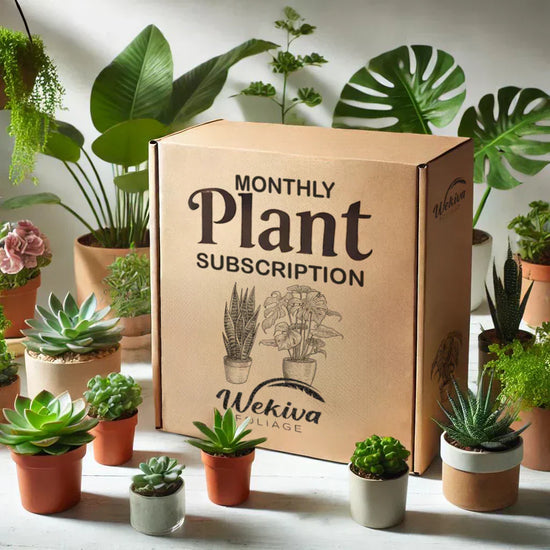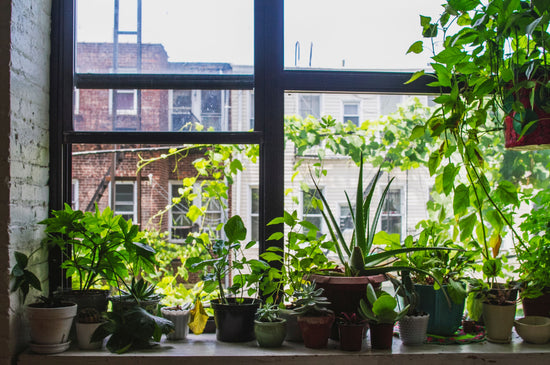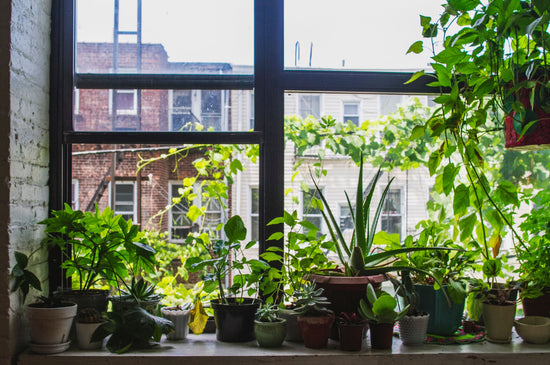The Basics of Growing Citrus in Florida: Your Sunshine State Guide
Citrus trees are synonymous with Florida's sun-drenched landscapes. From the iconic Meyer Lemon Tree to exotic options like the Australian Finger Lime, growing citrus in the Sunshine State is both rewarding and accessible. This guide explores the essentials to get started with citrus cultivation in Florida, offering insights into site selection, planting techniques, and year-round care.
Why Florida Is Ideal for Citrus Cultivation
Florida's subtropical climate, characterized by ample sunlight and mild winters, creates the perfect environment for citrus trees to thrive. Citrus fruits like lemons, limes, and oranges require long growing seasons and warm temperatures, which Florida provides in abundance. Whether you're a hobbyist gardener or a seasoned grower, the Sunshine State's natural advantages make it the ideal place for citrus cultivation.
For instance, the Meyer Lemon Tree, a popular choice for its sweet-tart fruit, flourishes in Florida's climate. This variety is well-suited for backyard gardens or patios and can even be grown in containers. Shop Meyer Lemon Trees.
Choosing the Right Citrus Varieties
When selecting a citrus tree, consider your available space, preferred fruit, and intended use. Here are some popular varieties:
-
Ponderosa Lemon Tree: Known for its large, flavorful fruit, this tree is perfect for cooking and juicing. Learn more.
-
Calamondin Orange Tree: With its small, tart fruit, this tree is an excellent choice for ornamental and culinary uses. Discover the Calamondin Orange Tree.
-
Cocktail Tree (Lemon and Lime): A dual-purpose tree that grows both lemons and limes, making it a practical choice for limited spaces. Explore the Cocktail Tree.
Planting Citrus in Florida
Site Selection
Choose a location that receives at least six hours of sunlight daily. Citrus trees prefer well-draining soil, as standing water can lead to root rot. If your soil is clay-heavy, consider planting in a raised bed or container.
Step-by-Step Planting
- Dig a hole: Ensure the hole is twice as wide and slightly deeper than the root ball.
- Prepare the soil: Amend sandy soil with organic matter to improve nutrient retention.
- Position the tree: Place the tree in the hole, ensuring the root crown is slightly above the soil line.
- Backfill and water: Fill the hole with soil, tamp gently, and water thoroughly to eliminate air pockets.
- Mulch: Apply a 2-inch layer of mulch around the base to retain moisture and regulate temperature.
Compact varieties like the Key Lime Tree are excellent for container planting and adapt well to patios. Shop Key Lime Trees.
Care and Maintenance
- Watering: Citrus trees need consistent watering, especially in their first year. Water deeply once or twice a week, depending on rainfall.
- Fertilizing: Use a fertilizer formulated for citrus trees, such as one high in nitrogen. Apply three times a year: early spring, summer, and fall.
- Pruning: Remove dead or diseased branches and thin out the canopy to allow sunlight penetration and air circulation.
Common Pests and Diseases
Florida’s warm climate attracts pests like aphids, whiteflies, and scale insects. To protect your trees:
- Regularly inspect leaves for signs of pests.
- Use organic treatments like neem oil or insecticidal soap for infestations.
Diseases such as citrus greening and canker are more severe threats. Source your trees from reputable suppliers like Wekiva Foliage to minimize risks.
Harvesting and Using Citrus Fruit
Citrus fruits are ready to harvest when they reach full size and develop a rich color. Meyer lemons, for example, can be picked when their skin turns a deep yellow. Enjoy your citrus fruits fresh, or use them in culinary creations, beverages, and preserves.
FAQ
Q: Can citrus trees grow in containers?
A: Yes, varieties like the Variegated Pink Eureka Lemon Tree thrive in containers and are perfect for patios. Shop now.
Q: How do I prevent citrus greening?
A: Purchase certified disease-free trees and monitor for symptoms like yellowing leaves. Practice good sanitation by removing infected branches.
Q: How often should I fertilize citrus trees?
A: Fertilize three times a year using a citrus-specific formula to promote healthy growth and fruit production.
Q: What is the best time to plant citrus in Florida?
A: Plant citrus trees in early spring or fall to allow them to establish roots before extreme weather.
Q: Do I need multiple citrus trees for pollination?
A: No, most citrus trees are self-pollinating, including the Persian Lime Tree. Shop Persian Lime Trees.
Growing citrus in Florida is a rewarding endeavor that combines the joy of gardening with the delight of fresh, homegrown fruit. By following these guidelines and sourcing high-quality trees from Wekiva Foliage, you can create a thriving citrus oasis in your own backyard.





